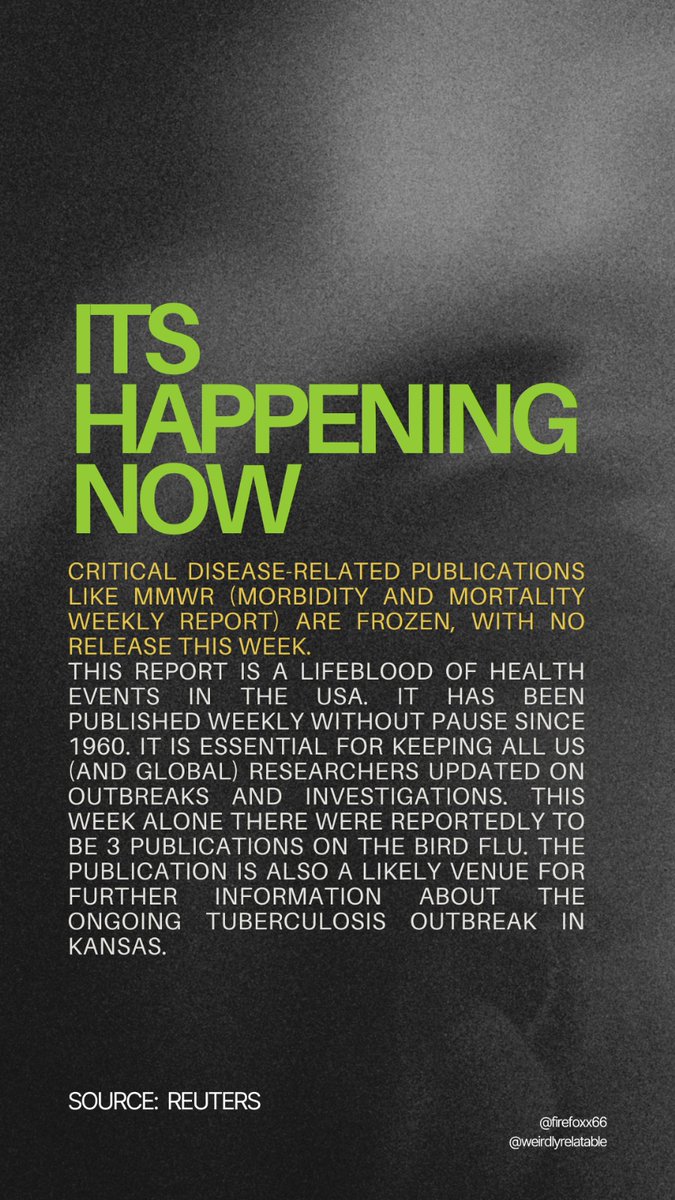1/ #SARSCoV2 #COVID19 transmission isn't equal: some cases transmit much more than others. We know that close, crowded, poor ventilated places (esp w loud talking/singing) link to superspreader events.
Minimising these situations will have an outsized effect - without 'lockdown'
Minimising these situations will have an outsized effect - without 'lockdown'
https://twitter.com/EricTopol/status/1311346538791055361
2/ We can also reduce *risk* in those situations: make them less crowded (density rules), make them quieter (no singing, turn down music so talking is easier), increase ventilation (open doors/windows, turn up HVAC), reduce aerosols (wear masks if possible).
3/ @AdamJKucharski explains that this uneven transmission also means a person, on average, was infected by someone who infected others too. If we trace *backwards* & find the 'source' - then trace their contacts - we'll identify more cases.
More effective use of tracing efforts!
More effective use of tracing efforts!
4/ Countries vary in important ways, but one of those is likely how many 'superspread risk' situations an average citizen encounters regularly - & how much that's been reduced (or not) through restrictions. This may explain partly why outbreak trajectories vary so much.
5/ We're hyperfocused on Sweden these days - but their restrictions likely cut the opportunity & risk for superspreading events (outside of carehomes). However, they may also have started as a place with relatively less 'superspread risk' (low density, wealthy, cultural factors)
6/ Thus, what works in one country - or even city - may not be as effective for another. If restaurants in one country are generally less busy & less frequented, for example, closing them may make little difference. In another place, reducing their risk may have a big impact.
7/ While we can & must learn what strategies are working in other countries, "copy & pasting" probably isn't smart. Taking into account the risks & behaviours of our own countries & cities, we need to 'custom-fit' existing good strategies to ensure they're maximally effective.
8/ @AdamJKucharski also highlights the fragility an unevenly-transmitting virus brings to 'containment' - a few superspreading events can explode a small number of cases into alarmingly climbing numbers, suddenly turning a 'got it under control' situation on its head
9/ But these superspreading events also provide effective targets: invest in backwards-tracking & "cluster busting" & you likely have an outside impact on transmission! Combined with targeted superspread risk reduction & testing scale-up, staying largely open is likely possible!
10/ What we should avoid, says @dylanhmorris, is "the worst of both worlds... burdensome restrictions that fail to achieve substantial mitigation". (UK likely an example here)
Let's use our restrictions as effectively as we can - to both save lives AND livelihoods.
#SARSCoV2
Let's use our restrictions as effectively as we can - to both save lives AND livelihoods.
#SARSCoV2
11/ This thread a mix of summary of the fantastic article by @zeynep with a little bit of own commentary!
• • •
Missing some Tweet in this thread? You can try to
force a refresh











